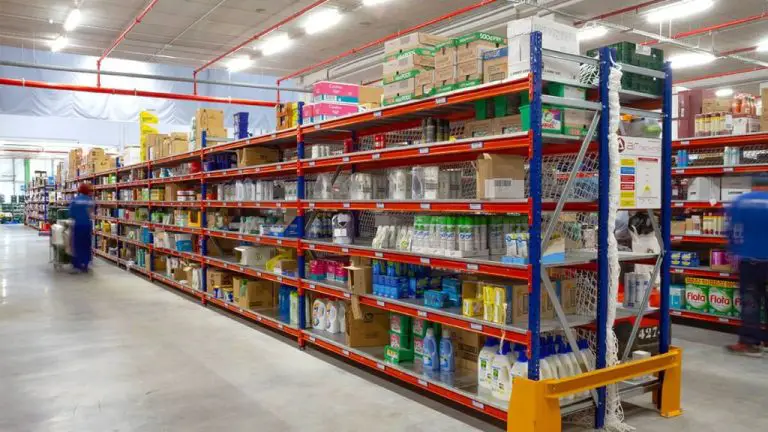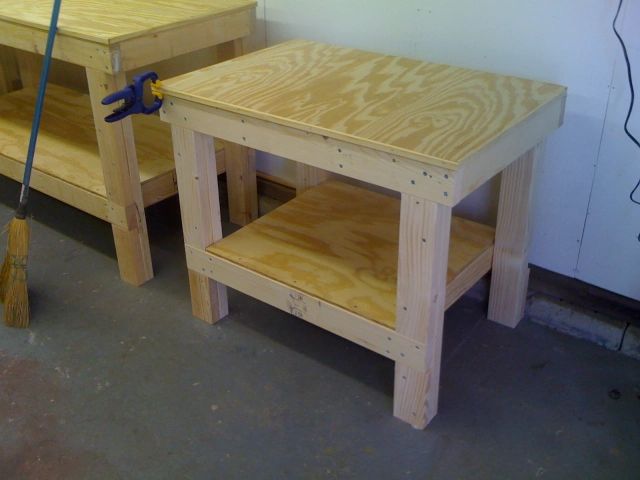Does Microwaving A Sponge Sanitize It?
Kitchen sponges can harbor up to 54 billion bacteria per square inch, according to a study. This is more than 1 million times the bacteria per square inch found on a toilet seat. The warm, moist environment inside a sponge provides ideal conditions for microbial growth. Within a day, a single bacterial cell can multiply into a colony of over 8 million. With more than 100,000 different bacterial species identified in kitchen sponges so far, these high bacterial counts raise concerns over the spread of pathogens and foodborne illnesses in the kitchen.
How Bacteria Grow in Sponges
Kitchen sponges provide the ideal environment for bacteria to thrive. As porous items made to absorb liquid, sponges retain moisture and organic matter that allow microbes to multiply rapidly (Cardinale et al., 2017). The structure of sponges has a large surface area with many nooks and crannies for bacteria to inhabit and grow in biofilms.
Common bacteria found in contaminated kitchen sponges include Salmonella, Campylobacter, Staphylococcus aureus, Pseudomonas aeruginosa, and various coliforms like E. coli. A study examining used household sponges found over 45 billion bacterial cells per cubic inch, with more than 5 million bacteria per square inch (Wolde & Bacha, 2016). Without proper sanitization, bacteria populations in kitchen sponges can reach millions to billions of cells over time.
Can Microwaving Kill Bacteria in Sponges?
Microwaves generate heat by exciting water molecules, causing them to vibrate rapidly. This molecular friction generates heat that can kill bacteria. A 2017 study published in Scientific Reports found that microwaving sponges for 1-2 minutes on high reduced bacteria by around 99%, or about a million-fold (NPR, 2017). The study concluded that microwave heating can sanitize used kitchen sponges and reduce bacteria to levels found in new sponges.
Proper Technique for Microwaving

To effectively sanitize a sponge in the microwave, it’s important to follow proper technique. According to MSU Extension, the steps are:[1]
- Wet the sponge fully under water and wring out any excess moisture.
- Microwave the sponge on full power for one minute. This is sufficient to kill 99% of bacteria, according to studies.
- Use caution when removing the sponge, as it will be hot.
Microwaving on full power for a full minute is key. Lower power levels or shorter times may not heat the sponge enough to sanitize it fully. The sponge should be completely wet but not dripping when microwaved. Following these simple steps will effectively sanitize your sponge.
Limitations of Microwaving Sponges
Although microwaving can kill many bacteria in a sponge, research shows it does not eliminate all bacteria [1]. Some types of bacteria produce spores or biofilm that help them survive even when exposed to heat. Studies found that spore-forming bacteria like Bacillus cereus could survive microwaving and then regrow on the sponge later [2].
Microwaving is effective at killing vegetative bacteria cells, but bacterial spores have a protective casing that shields them from heat, drying, and radiation. Once the spores are reintroduced to moisture and nutrients, they can germinate and recolonize the sponge [1]. Another limitation is that microwaving does not necessarily penetrate fully into a thick sponge, so bacteria deep inside could potentially survive.
While microwaving can temporarily reduce bacteria levels, it does not provide complete or permanent sterilization. Spores may survive and allow regrowth of bacteria later on. For this reason, other sanitization methods or routine sponge replacement may be necessary.
Other Methods for Sanitizing
In addition to microwaving, there are several other methods that can be used to thoroughly sanitize sponges and eliminate bacteria, including:
Boiling: Bringing water to a rapid boil and soaking the sponge for 5-10 minutes can kill many disease-causing germs. Make sure the sponge is completely submerged.
[1]
Bleach: Soaking the sponge for 5 minutes in a diluted bleach solution made with 1 teaspoon of bleach per 1 cup of water is an effective way to disinfect. Rinse thoroughly afterwards.
[2]
Hydrogen Peroxide: A hydrogen peroxide solution (3% concentration) can sanitize sponges after soaking for 1 minute. Make sure to rinse off residue.
These chemical-free hot water methods provide inexpensive, convenient ways to thoroughly sanitize sponges between uses and prevent the spread of bacteria and illness. Proper drying is also key to inhibiting microbial growth.
Routine Replacement Recommended
While sanitizing sponges can help reduce bacteria, experts still recommend replacing your sponges frequently as a matter of routine kitchen hygiene. According to the study cited in this Business Insider article, researchers recommend replacing kitchen sponges weekly.
This is because over time, sponges become worn out through regular use and develop tiny nicks and tears that allow bacteria to multiply rapidly. An older, more worn out sponge will harbor far more bacteria than a newer sponge, even after sanitizing. So for best results, replace your kitchen sponges about once a week or when they start to appear worn out.
Establishing a regular sponge replacement routine helps ensure you always have a fresh, sanitary sponge ready for kitchen use. Relying solely on sanitizing without routine replacement allows more time for bacteria to build up in damaged sponges. Replacing on a regular basis limits bacterial growth by ensuring you’re always using a sponge in good condition.
Proper Use to Limit Bacteria
There are several habits you can adopt to help limit bacterial growth in your sponges:
- Wring out your sponges completely after each use and do not leave them soaking in water. Remaining moisture creates the perfect environment for bacteria to thrive.
- Microwave wet sponges for 1-2 minutes after use to help kill bacteria. Be sure to check them frequently as sponges can burn if microwaved too long.
- Allow sponges to air dry completely between uses. Bacteria grows rapidly on damp sponges left in closed spaces.
- Use the rough side of your sponge for cleaning dishes. The scrubbing texture helps remove more germs.
- Consider microwaving or boiling your sponges weekly as added sanitization.
- Replace heavily used sponges every 2-3 weeks.
With proper habits, you can limit bacteria growth and extend the usable lifespan of your sponges.
Summary
In summary, microwaving can be an effective method for sanitizing sponges and killing potentially harmful bacteria if done properly. It is important to ensure the sponge reaches high enough temperatures by microwaving for 1-2 minutes based on microwave wattage. However, microwaving has limitations and does not kill all bacteria or fully disinfect sponges. Proper techniques like squeezing out excess water, placing the sponge away from the edges, and allowing it to cool before removing can help maximize bacterial reduction.
While microwaving provides a quick and convenient sanitizing option, it cannot replace proper sponge care and routine replacement. Sponges should be allowed to dry completely between uses, never be used for raw meats, and replaced regularly according to manufacturer recommendations. Following these best practices along with occasional microwaving can help limit bacterial growth and contamination in kitchen sponges.
References
[1] University of California Division of Agriculture and Natural Resources. “Microwave Ovens.” Food Safety Basics, May 2011. https://ucanr.edu/sites/MJC/files/78637.pdf.
[2] U.S. Department of Agriculture. “Kitchen Companion: Your Safe Food Handbook.” Food Safety and Inspection Service, October 2003. https://www.fsis.usda.gov/guidelines/2003-0010.
[3] Wadhera, Raman, and Donna M. Fung. “Bacteriostatic Effect of Microwaving Kitchen Sponges.” American Journal of Infection Control, vol. 38, no. 1, 2010, pp. 93–95., https://doi.org/10.1016/j.ajic.2009.06.010.
[4] Messina, Michael et al. “Microwave Disinfection of Kitchen Sponges Contaminated with Salmonella Typhimurium.” Journal of Environmental Health vol. 76,9 (2014): 34-7.



